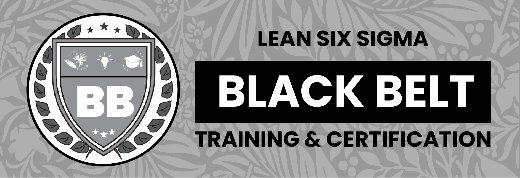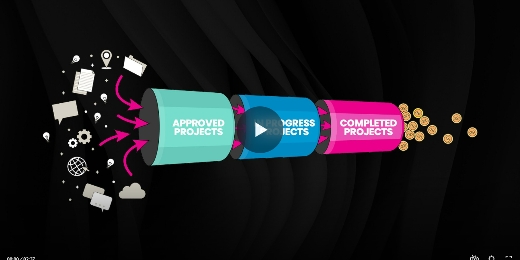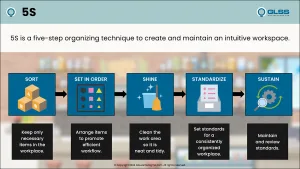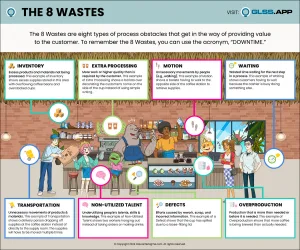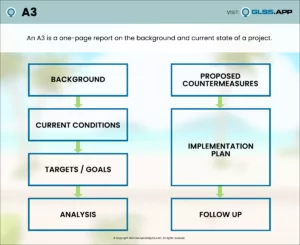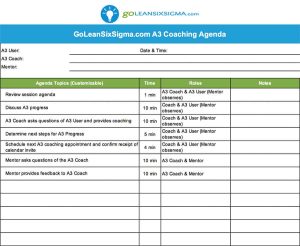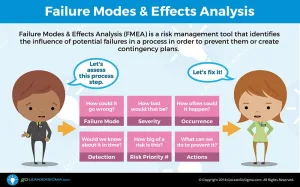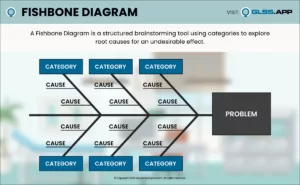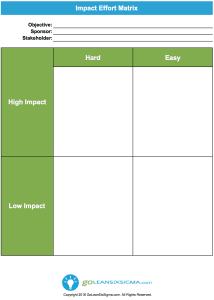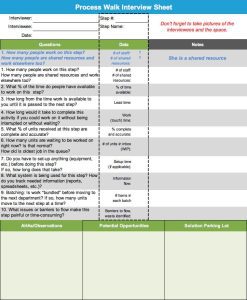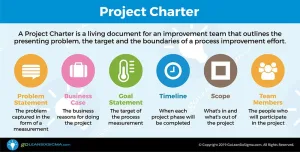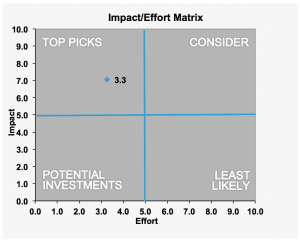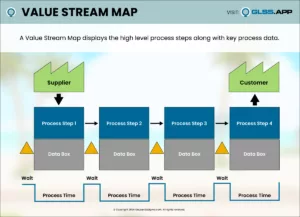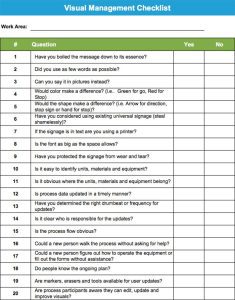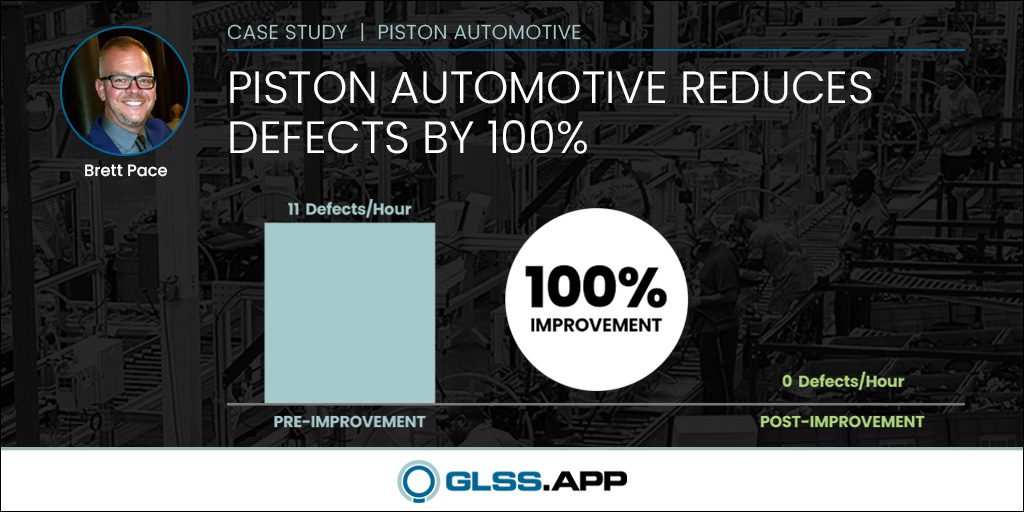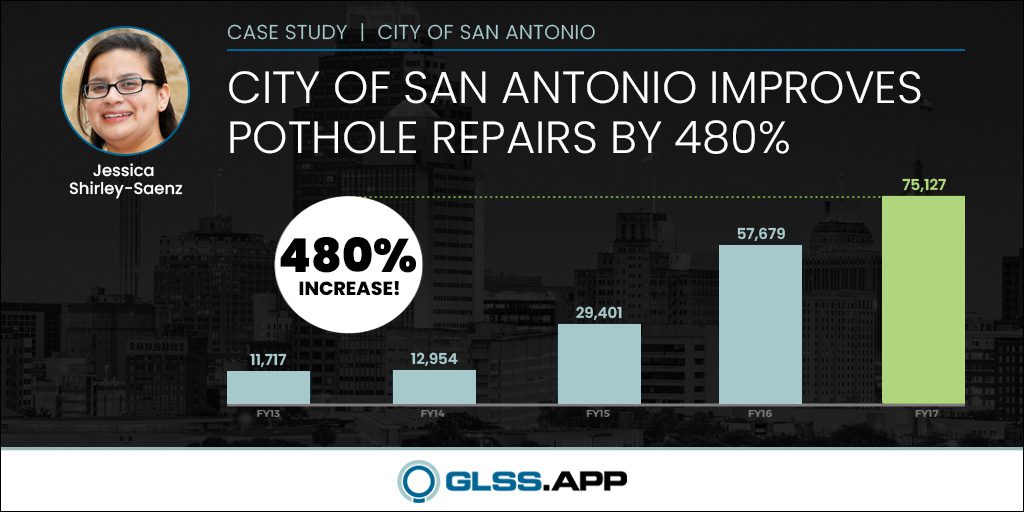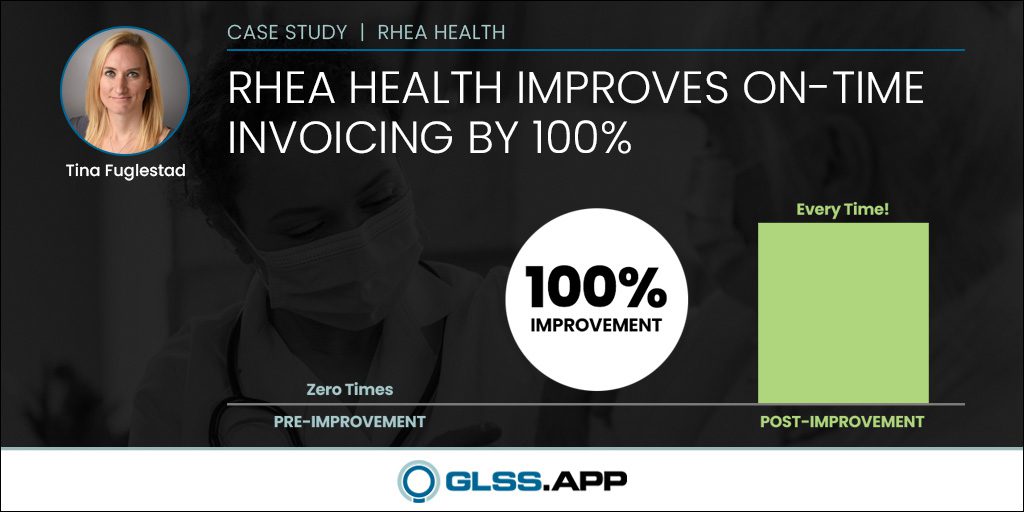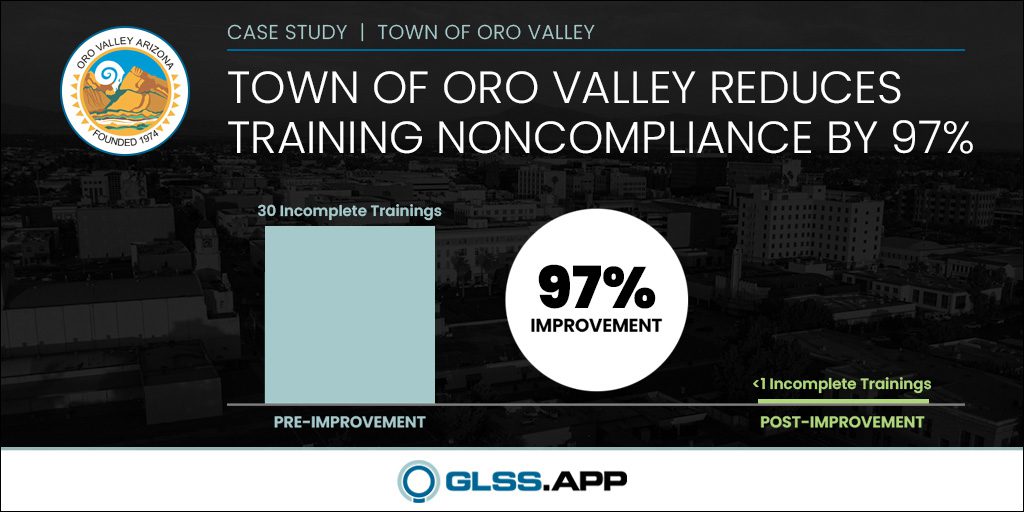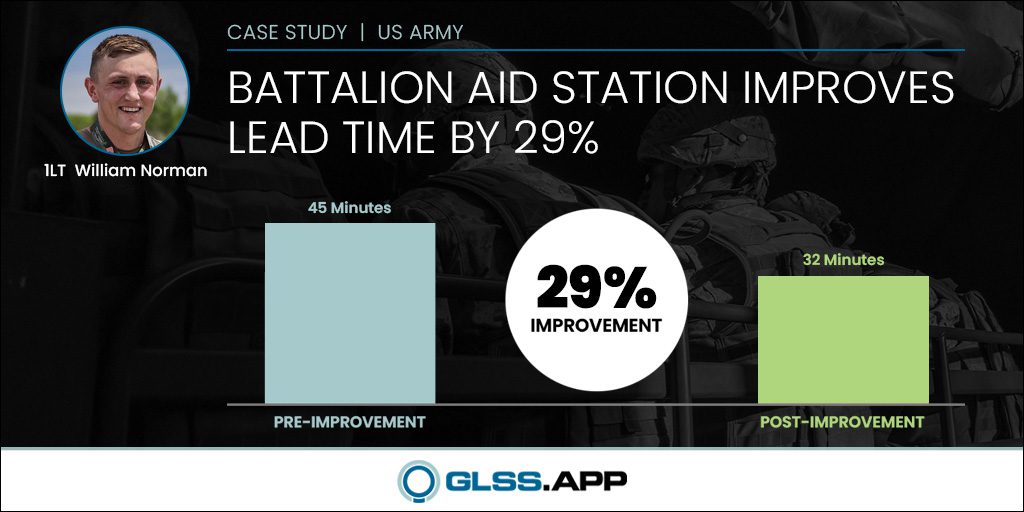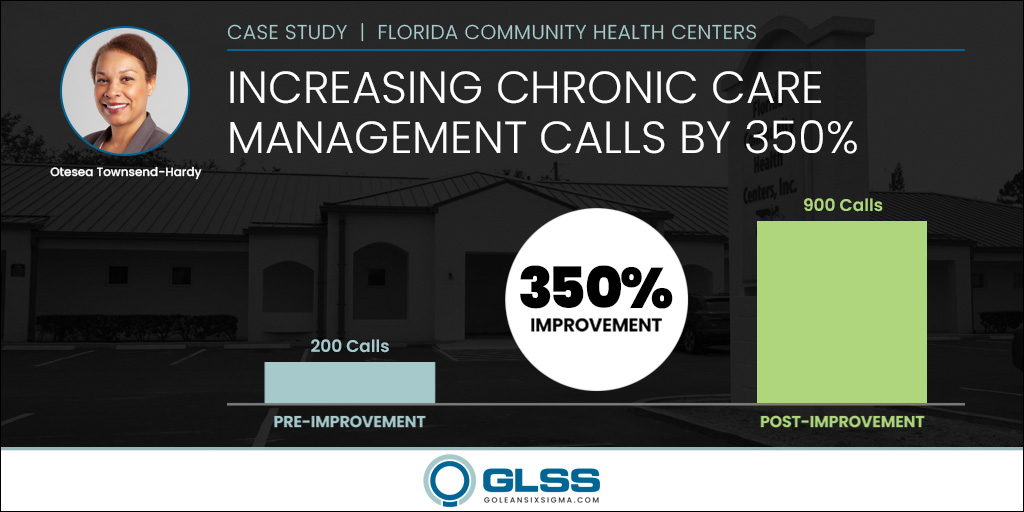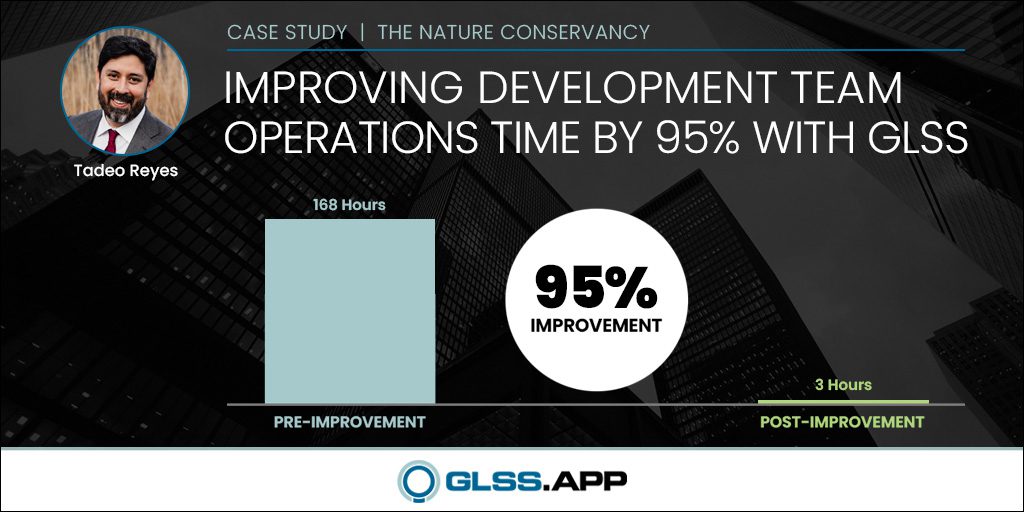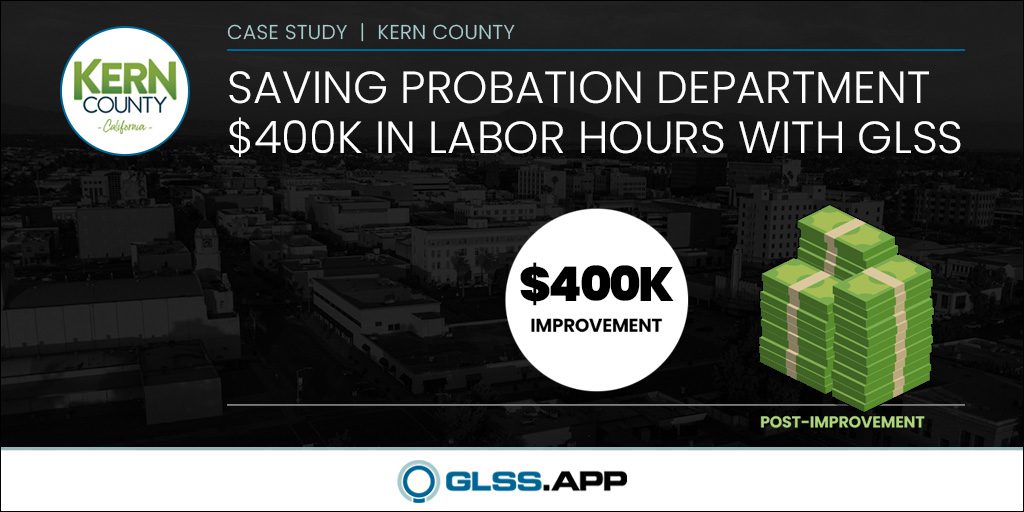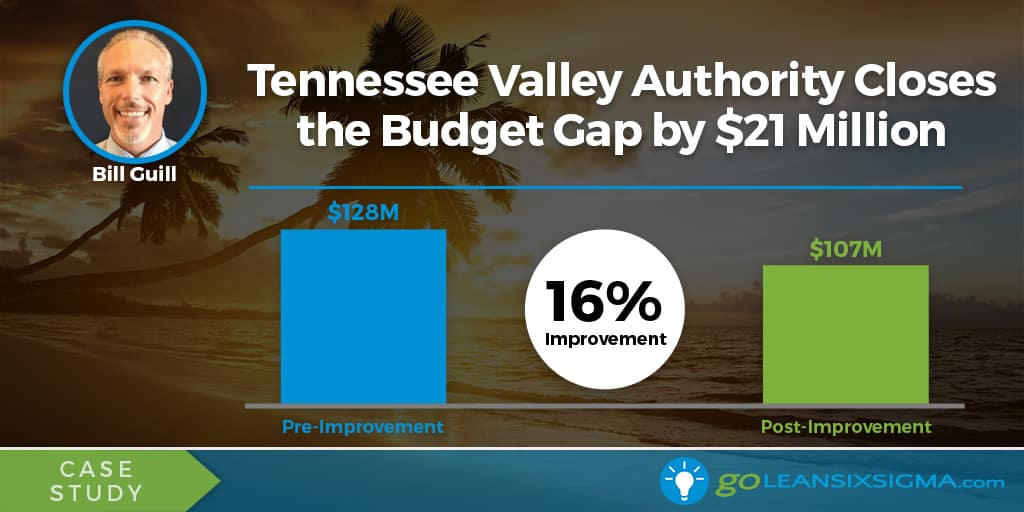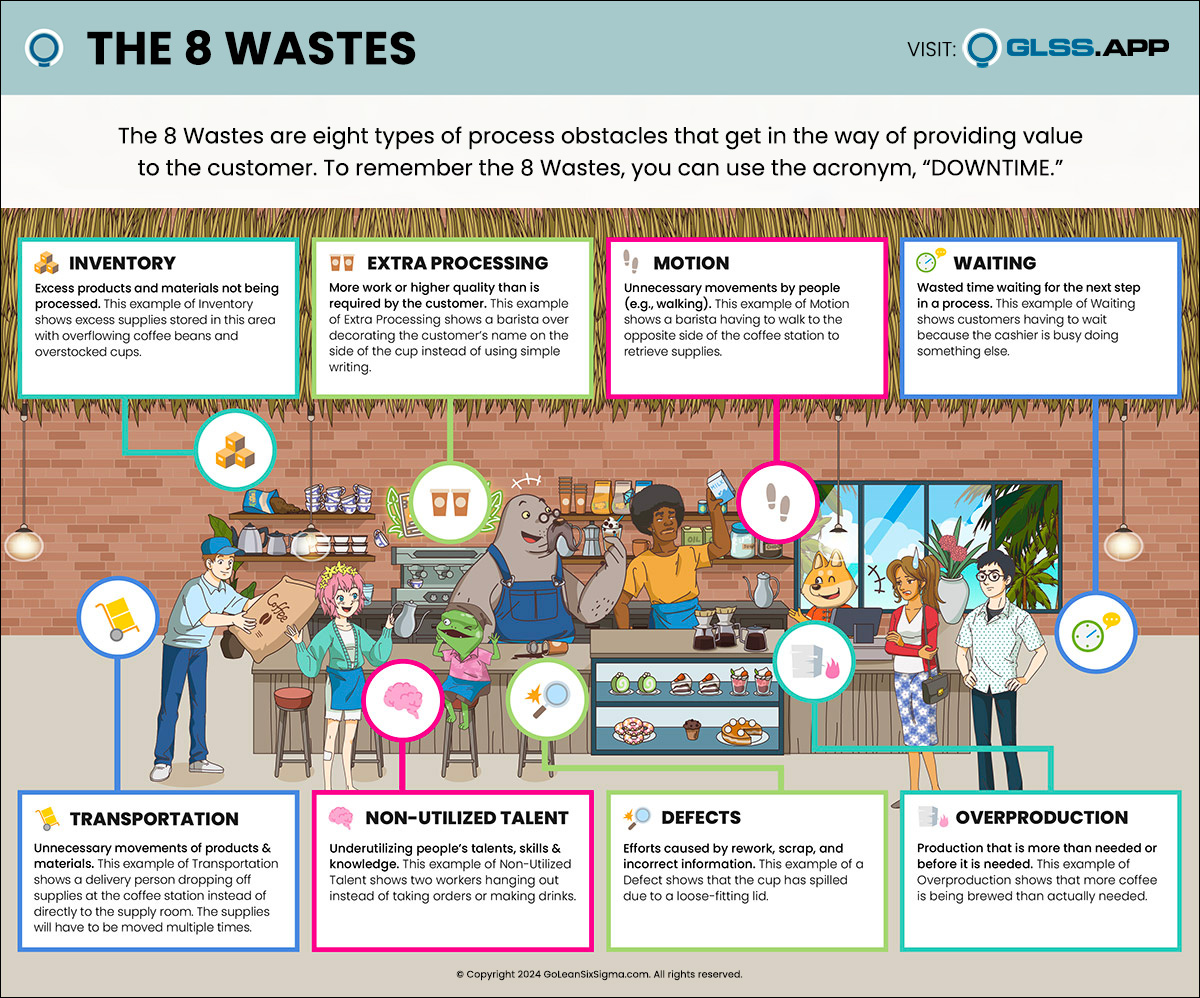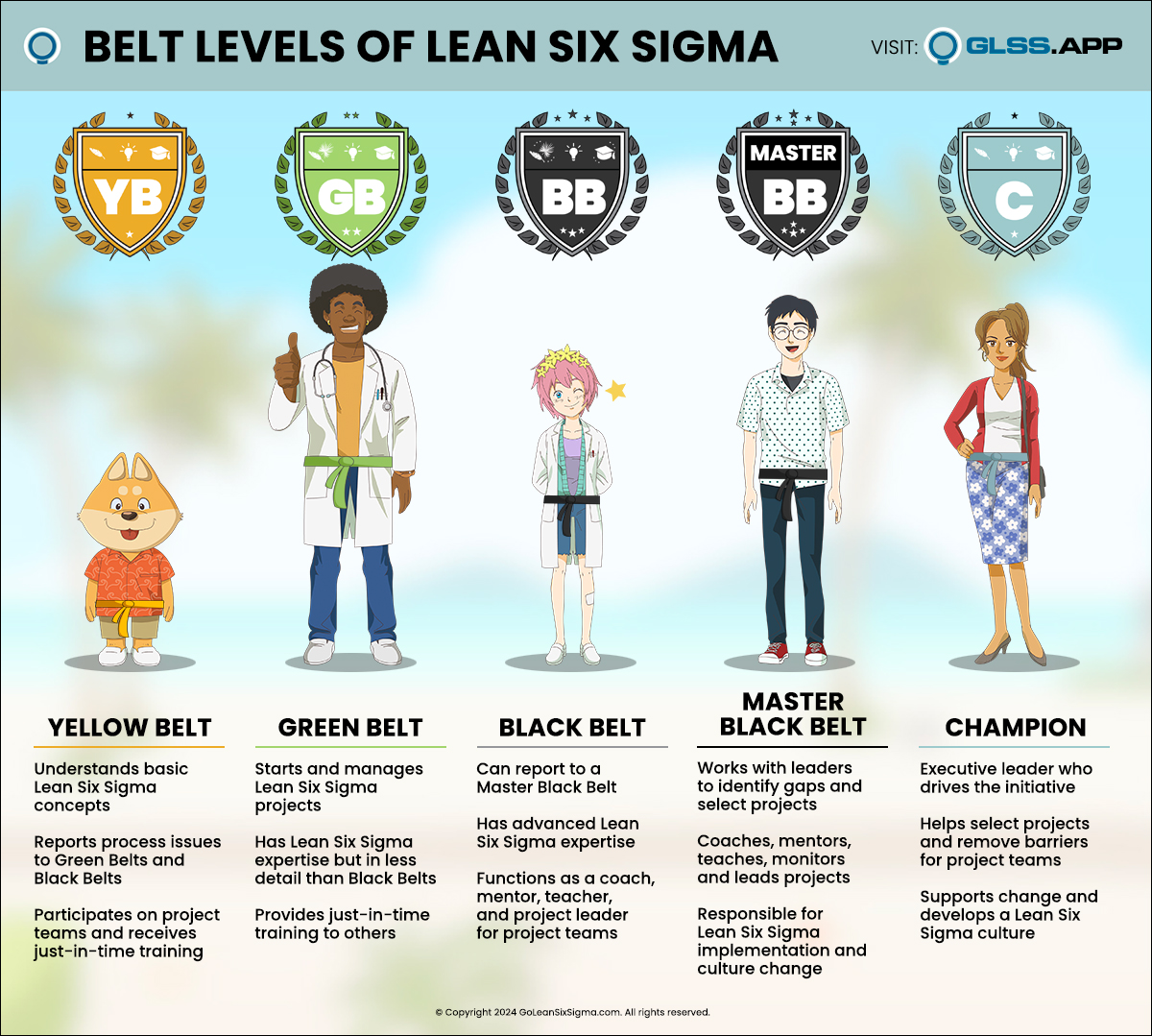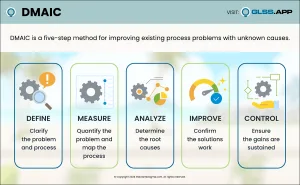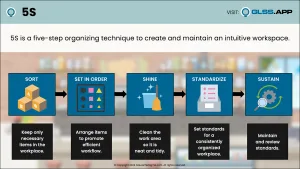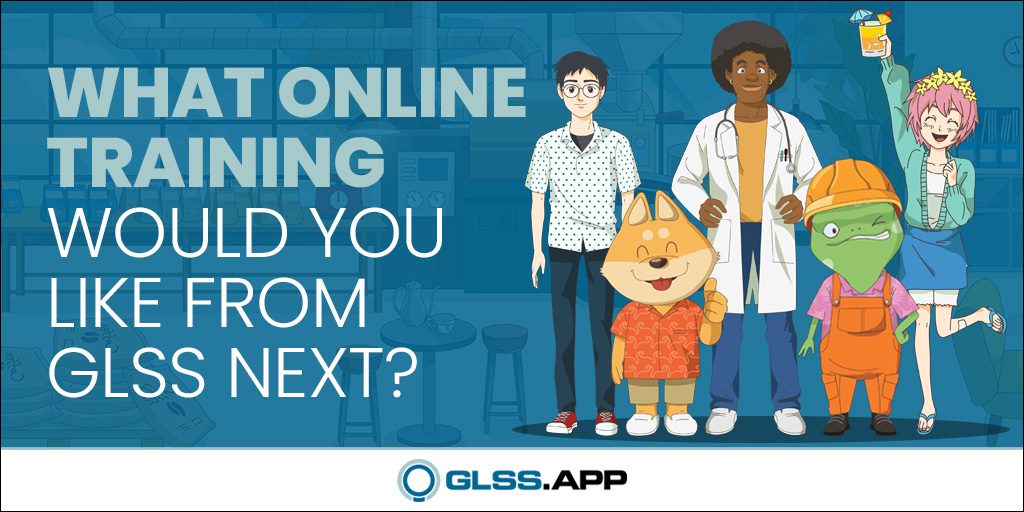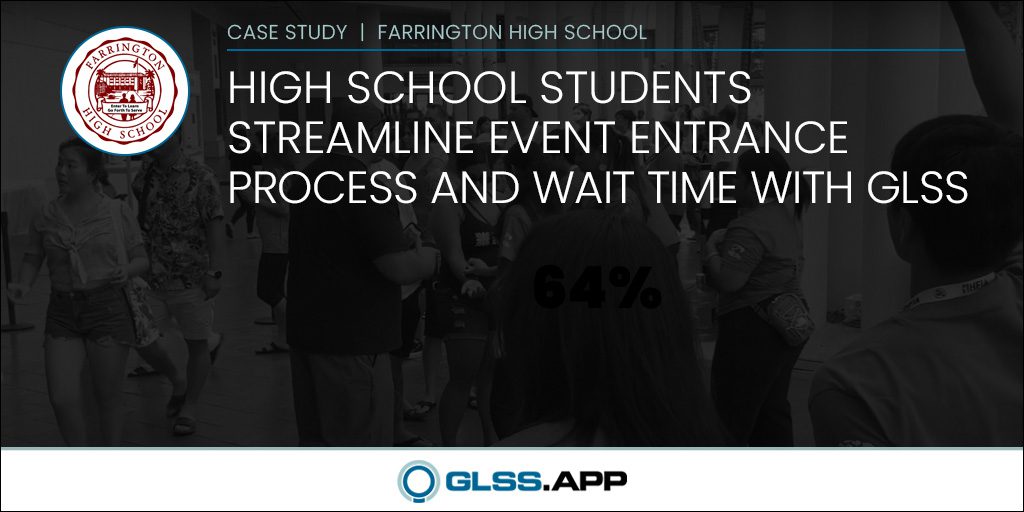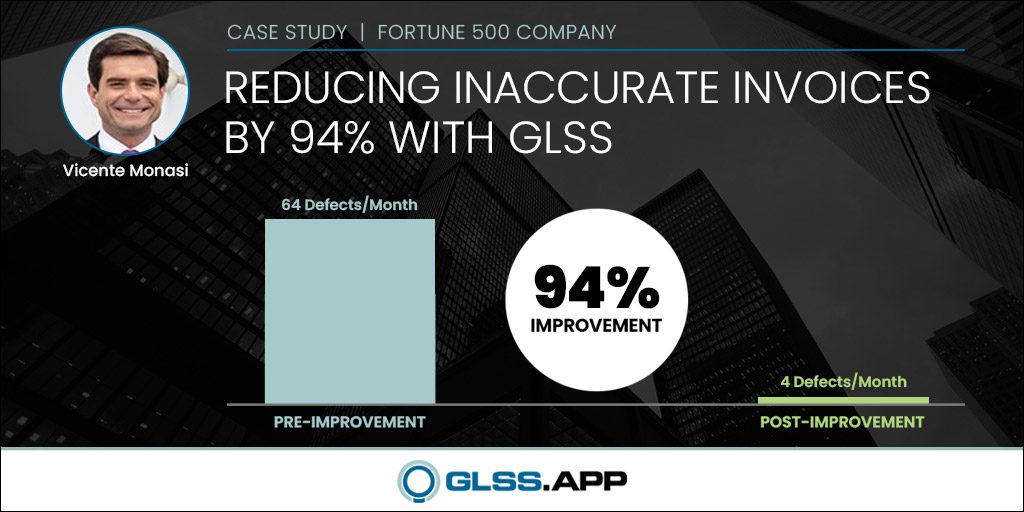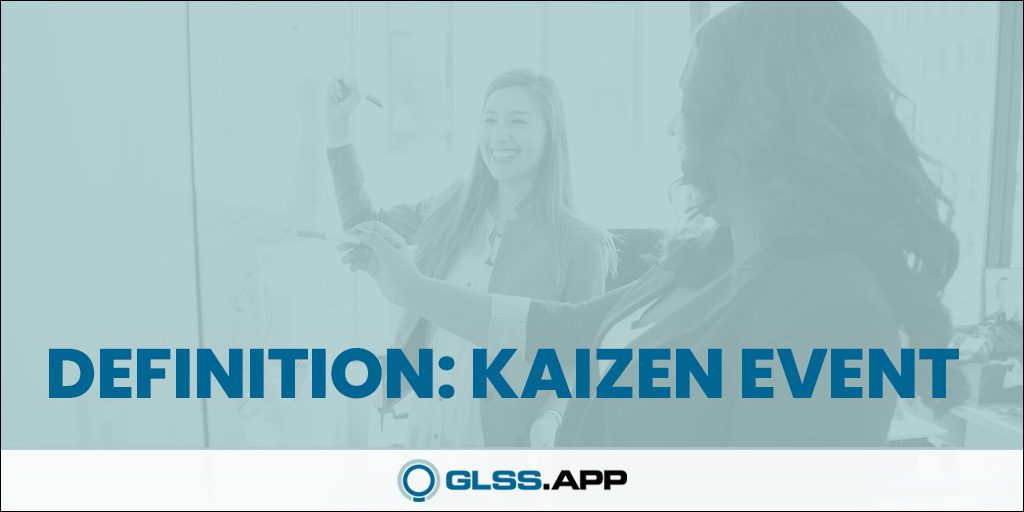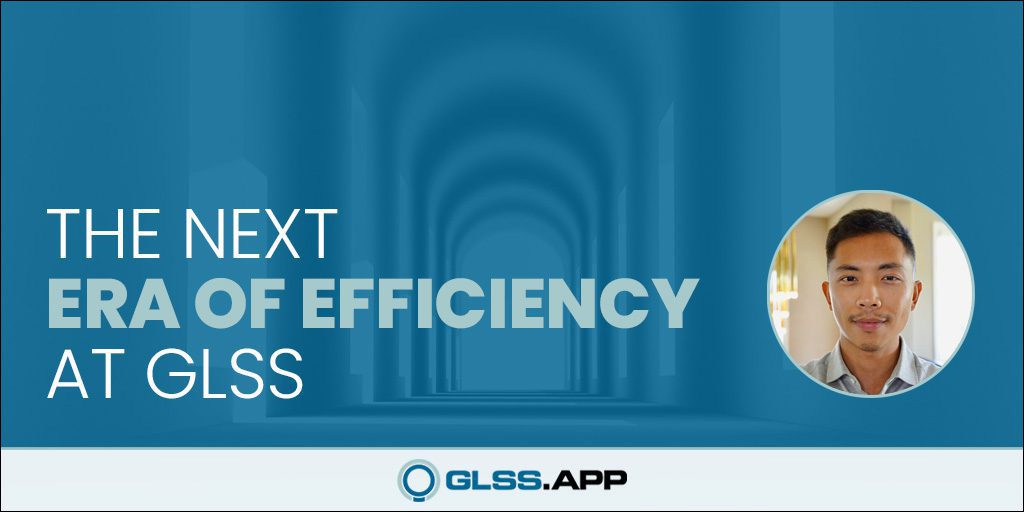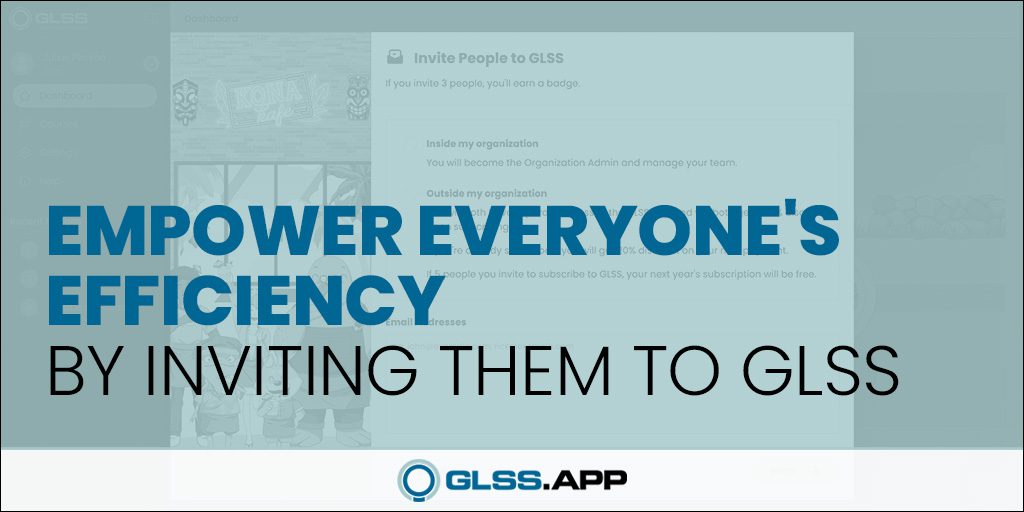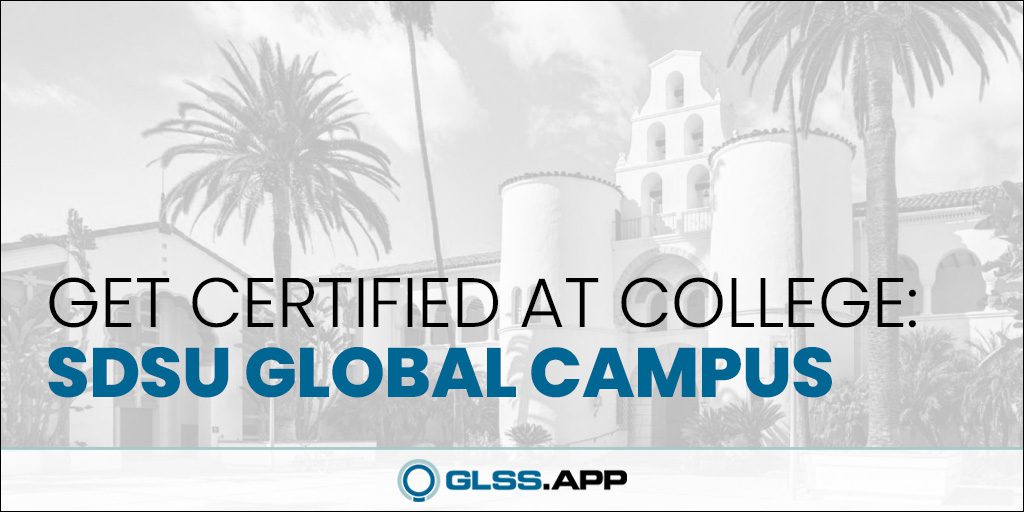UC San Diego Saves $58K/Year in the Employee Onboarding Process
Home » Case Study » UC San Diego Saves $58K/Year in the Employee Onboarding Process
Florida
Healthcare
Patient Care
350%
King County Retirement & Benefit Services is paving the way for process improvement in Government. Watch this 30 minute success story to learn how Kimberly Fleming is identifying and eliminating waste in a process to deliver more value – faster!
Project Summary
- The Challenge: The employee onboarding process took as long as 20 to 104 days
- The Discovery: The hiring process generated 13,248 emails which took 662 hours
- The Improvements: The shortened the form, created a guide and standardized emails
- The Results: Saved over 1,000 hours of work—or the equivalent of $58,000
- What’s Next: Keep including and engaging staff in improvement efforts
The Challenge
Being able to hire 6 new employees every month is a sure sign of growth, but what if the process is long and painful?
UC San Diego’s Department of Strategic Initiatives found that their new-employee onboarding process had a median cycle time of 7 days. But a quarter of the time onboarding took from 20 to 104 days. Imagine the frustration of starting a new job without a phone, a laptop or authorizations to critical systems applications. Some new employees couldn’t even access the building!
Senior Strategic Initiatives Analyst Kristin Kielich decided to turn the issue into a DMAIC (Define, Measure, Analyze, Improve, Control) Project. With an average of 72 new hires per year her department was putting in a lot of staff hours and the results were not good enough. She pulled a team together and began studying the process.
THE DISCOVERY
Kristin and her project team coordinated Process (Gemba) Walks and dug deeper into the data. They found that the onboarding process generated a staggering number of emails—184 per new hire. Given the number of employees being hired each year and the time the staff was spending on emails they did the math and it wasn’t pretty. The hiring process generated 13,248 emails which took 662 hours—and that was only the email segment of the process!
One of the reasons for the overproduction of emails was that over half of the onboarding efforts were incomplete. The onboarding form itself required 7 different units to fill out a total of 106 fields. The hiring managers did not have enough information to complete the process.
Since they lacked confidence in the process, they created their own systems and workflows. The process worked better for the hiring managers, but the overall result wasn’t good. With people starting to follow their own systems, it took longer to onboard and no one was able to track the status of the employee being onboarded. Staff spent days exchanging emails and phone calls trying to figure out what was happening with each new hire.
One of the reasons the staff spent so many hours on the onboarding process was that there were simply too many tasks. There were too many fields in the form, too many notifications to send out, too many people involved and too much information required to make it work.
THE IMPROVEMENTS
Kristin and her team held Voice of the Customer (VOC) meetings and Stakeholder meetings to determine how to fix the process. They surveyed 70 hiring managers and made sure to keep them involved in the improvement process. Kristen and her team used the results of their meetings to come up with a targeted list of improvements:
- They created a new, much simpler onboarding form (1/3 fewer fields)
- They developed a reference guide for hiring managers
- They tailored the content of the outgoing notifications
The Results
With the new onboarding form the team was able to reduce the required data input by 36%. Instead of 106 fields of information to fill out and 7 units involved now only 68 fields need to be filled out by 4 units. This saved over 1,000 hours of work—and a lot of frustration—or the equivalent of $58,000.
The improvements reduced the amount of emails and notifications they generated by 60%. Hiring managers now have clear directions on how to complete the—much revised—onboarding form. That meant spending far fewer hours trying to get their new hires set up or searching to figure the status of the onboarding process. The project was a success. Not only were Kristin and her team happy to see the results, the stakeholders and the project owner were pleased!

What’s Next
Kristin and her team paid close attention to what the people involved in the process were telling them. The team made sure the hiring managers had an active role in the improvement process. Instead of simply implementing a new system they were determined to find out why the forms were not being completed and involved everybody in crafting solutions. Their efforts paid off.
They knew their success was in large part due to their inclusiveness. They were resolved to treat future efforts with the same attention to stakeholders. The new process can now easily be transferred into a new technology platform and Kristin and her team are on to new Continuous Improvement opportunities.
Kristin Kielich is a Senior Strategic Initiatives Analyst at UC San Diego in the Office of Operational Strategic Initiatives. Kristin leads efforts that are focused on operational innovations and identifies collaborative business solutions. She has an MBA and is a Certified Lean Six Sigma Green Belt.





